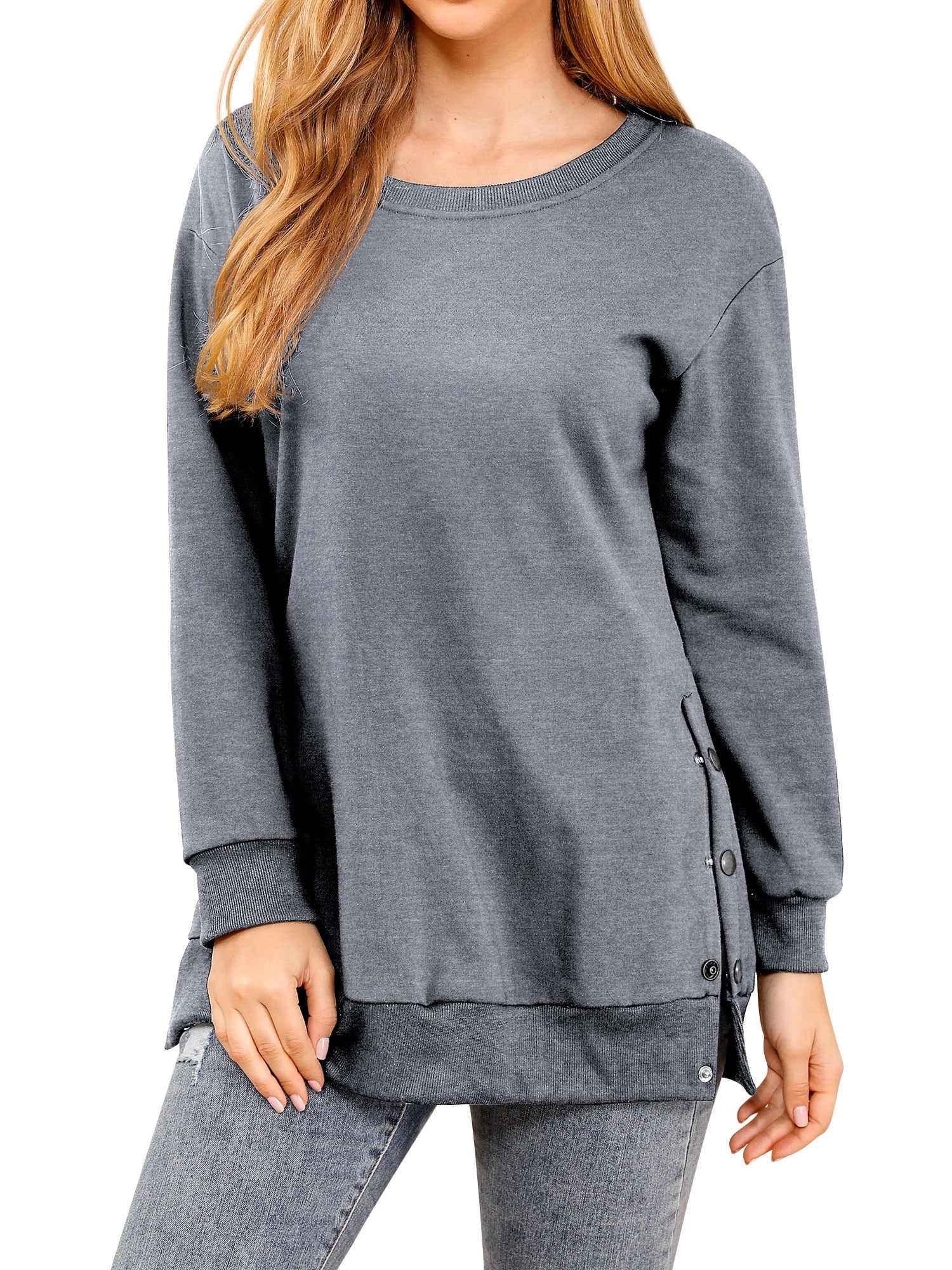Sweatshirts are long-sleeved pullover tops that are made of thick cotton cloth. They are usually worn as casual clothing but aren't as dressy as sweater s or cardigans. They might not come with a hood. If you're interested in buying a sweatshirt, here are a few tips:
The Norma Kamali brand spread the appeal of sweatshirts
Since the end of the 70s, Norma Kamali has transformed the basic sweatshirt into a work of art. Her designs have become a staple in almost every woman's closet. Her unique designs vary from a tummy-tucking v neck to leather-paneled sweatshirts. She also has created clothes with unique shapes, such as tanks with an oversized trumpet skirt.
A collaboration with the brand and the manufacturer of sweatshirts Everlast led to her Timeless line, which was a huge hit when it appeared in Spiegel's spring 2006 catalog. The collection featured knits that could be interchangeable or convertible with classic designs, and many pieces were priced under $20. Even the Kamali's Timeless collection was not sold in stores, customers could still find the items through eBay and Poshmark.
Merino wool sweatshirts are more comfortable than soft sweatshirts.
Merino wool is renowned for its ability to remove moisture, which helps to keep you dry and comfortable. Merino wool is an organic fiber and has a softer feel. It is also quick to dry compared to other natural materials. Furthermore, merino is a sustainable resource. The merino sheep shed coats each year and grow new ones.
Merino's weight-to-heat ratio is high, and the warmth of wool makes it popular for sweatshirts. It aids in controlling the body's temperature because of its loft that naturally traps heat between the fibers. This is the reason Merino wool sweaters are ideal for outdoor and summer activities like mountain biking and running. The warmth they provide keeps the wearer comfortable and dry. This is crucial when exercising.

Zip-front hoodies come with kangaroo pockets.
Kangaroo pocket Hoodies are a very popular type of hoodies. These hoodies feature a huge pocket in the front, that will keep your hands warm on cold days. They're also more practical than traditional pockets because they permit your hands to slide into and out effortlessly.
The pockets of Kangaroos are typically big enough to accommodate a wallet or some other smaller personal items. They're usually big enough to hold the palm of a hand that is small and are large enough to accommodate two hands. sweat shirts have wide openings on both sides and can be used to carry small objects.
French Terry fabric is a popular fabric for sweatshirts.
https://telegra.ph/Things-to-Consider-When-Selecting-the-best-Sweatshirt-04-24 is made of soft yarns that are knitted into loops and are usually midweight. It is also renowned for its ability to wick moisture and is already pre-shrunk. French Terry is a fantastic option for sweatshirts as it will keep you warm when you need it and helps keep your cool when you want to cool down.
French Terry is also a popular choice for casual wear, as it is stretchy enough and has enough flexibility to feel good on your skin. It also allows for enough air to circulate through the fabric, which makes it ideal for layering underneath other clothes. In addition, because it's lighter than other sweatshirts that you can wear throughout the year without feeling too warm or cold.
Hoodies can be classist.
Although it might appear that hoodies are simply an appropriate clothing item for people of the working class however, in reality they have a classist connotation. Hoodies were popular in the late 1970s , in New York, where graffiti artists would wear them to conceal their identities. In 1976 the hoodies made their big film debut in "Rocky," when the protagonist of the film was a working class man in gray sweats that were hooded during his famous climb up the steps of the Philadelphia Museum of Art.
Hoodies are frequently associated with destruction, death and other negative things, but they can also be used for practical reasons. For instance, priests and monks might wear hoods in order to display respect and a sense of self-control.
